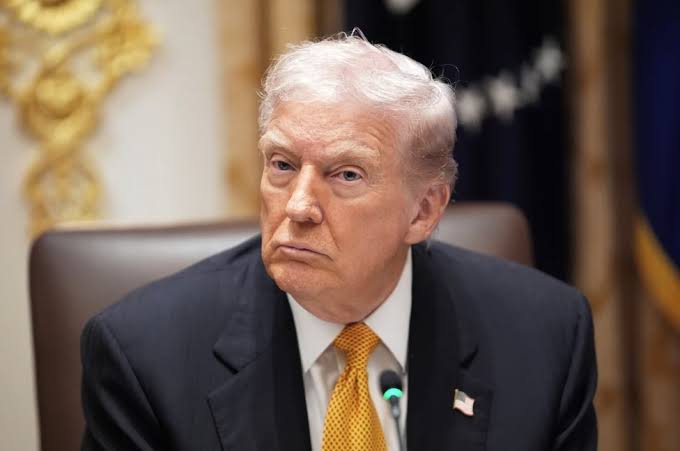In 2025, Nigeria Ascends to the Pinnacle of Global Stablecoin Adoption

The freshly unveiled 2025 Report on the State of Digital Assets Regulation in Africa, authored by Yellow Card, has positioned Nigeria as the preeminent nation in the global adoption of stablecoins.
Furthermore, Nigeria has emerged as the second worldwide in overall digital asset utilization, trailing only India, as per the findings of Africa’s foremost licensed stablecoin payments orchestrator.
This report, heralded as the most exhaustive examination of digital asset regulation across the continent, delineates how Nigerians are adeptly harnessing blockchain-based financial instruments, notably USD-denominated stablecoins, for an array of pragmatic applications, including cross-border transactions, currency hedging, and access to U.S. dollars.
Nigeria Boasts 25.9 Million Digital Asset Users
The research highlights that Sub-Saharan Africa commands the globe’s highest stablecoin adoption rate at 9.3%, with Nigeria at the forefront.
The nation is home to an estimated 25.9 million digital asset users, reflecting an 11.9% penetration rate, thereby securing its position as the second-largest market for digital assets globally, surpassed only by India.
Yellow Card’s report attributes this extensive adoption to Africa’s distinctive macroeconomic and financial challenges, where stablecoins present a steadfast alternative amidst currency devaluation, inflation, and exorbitant remittance channels.
“Stablecoins have become an increasingly indispensable tool for Africans in pursuit of more efficient and accessible financial solutions. This phenomenon is most pronounced in Nigeria.
“Nigeria’s pioneering role in stablecoin adoption and digital asset usage transcends a mere technological milestone; it signifies how financial innovation can flourish in response to local exigencies. The rest of Africa is evidently following suit,” remarked Yellow Card.
Africa’s Expanding Digital Asset Footprint
Beyond Nigeria, nine additional African nations appear in the global top 50 for digital asset adoption: Ethiopia (26th), Morocco (27th), Kenya (28th), South Africa (30th), Uganda (34th), Algeria (43rd), Egypt (44th), Ghana (46th), and the Democratic Republic of the Congo (48th).
Despite regulatory ambiguities in some of these countries, including outright prohibitions or restrictions in Algeria, Egypt, Morocco, and Tunisia, the report estimates that Egypt and Morocco alone boast over 17 million users combined. Morocco is anticipated to introduce a comprehensive regulatory framework for digital assets by the close of 2025.
Collectively, Africa is home to over 54 million digital asset users.
Yellow Card observed that with digital asset usage proliferating among individuals, enterprises, and increasingly financial institutions, regulatory scrutiny across the continent is intensifying.
Governments are investigating diverse approaches, ranging from regulatory sandboxes and draft legislation to fully enacted laws governing virtual asset service providers (VASPs).
Some nations are also experimenting with Central Bank Digital Currencies (CBDCs), with a focus on public policy objectives like financial inclusion, monetary stability, and economic resilience. In numerous instances, CBDC initiatives are advancing cautiously, often at the expense of swifter digital asset innovation.
“While regulatory frameworks remain inconsistent across the continent, the momentum is unmistakably shifting toward formal recognition and oversight of digital assets,” the report noted.
A Path Toward Financial Inclusion
Yellow Card anticipates that as more African nations establish clear regulatory regimes, investor confidence will escalate, unlocking further adoption and capital inflows into the digital asset ecosystem.
This, in turn, could propel financial inclusion, bolster economic growth, and enhance access to global financial systems.
The report also cites burgeoning international collaboration and increased government support as indicators that digital assets are becoming an enduring fixture of Africa’s financial landscape.








